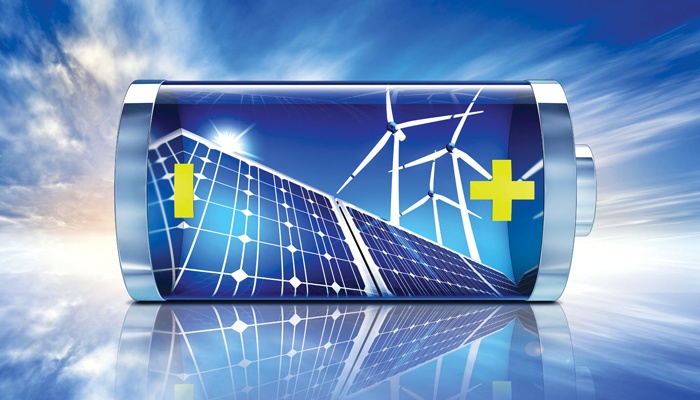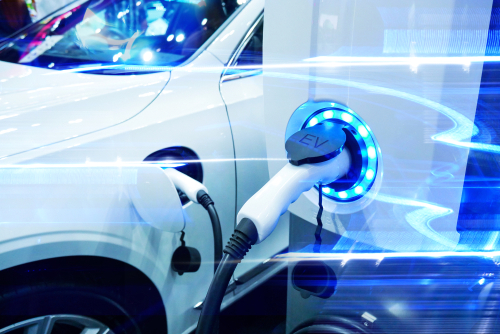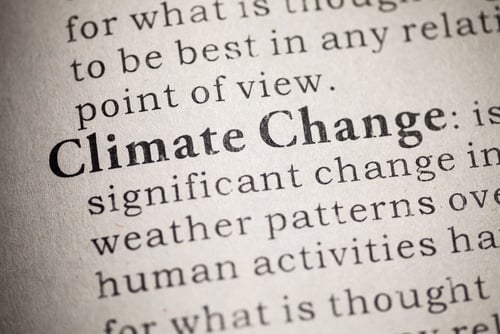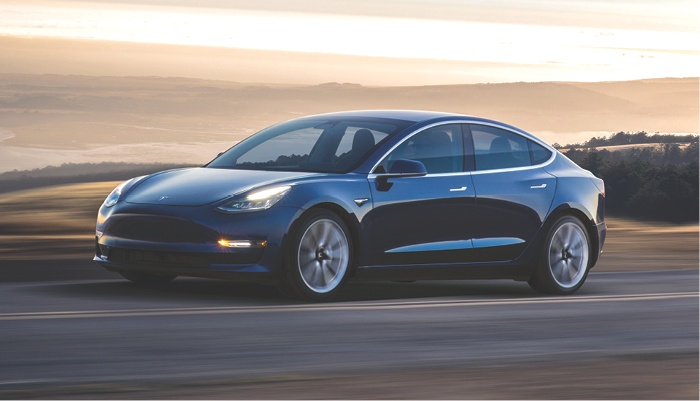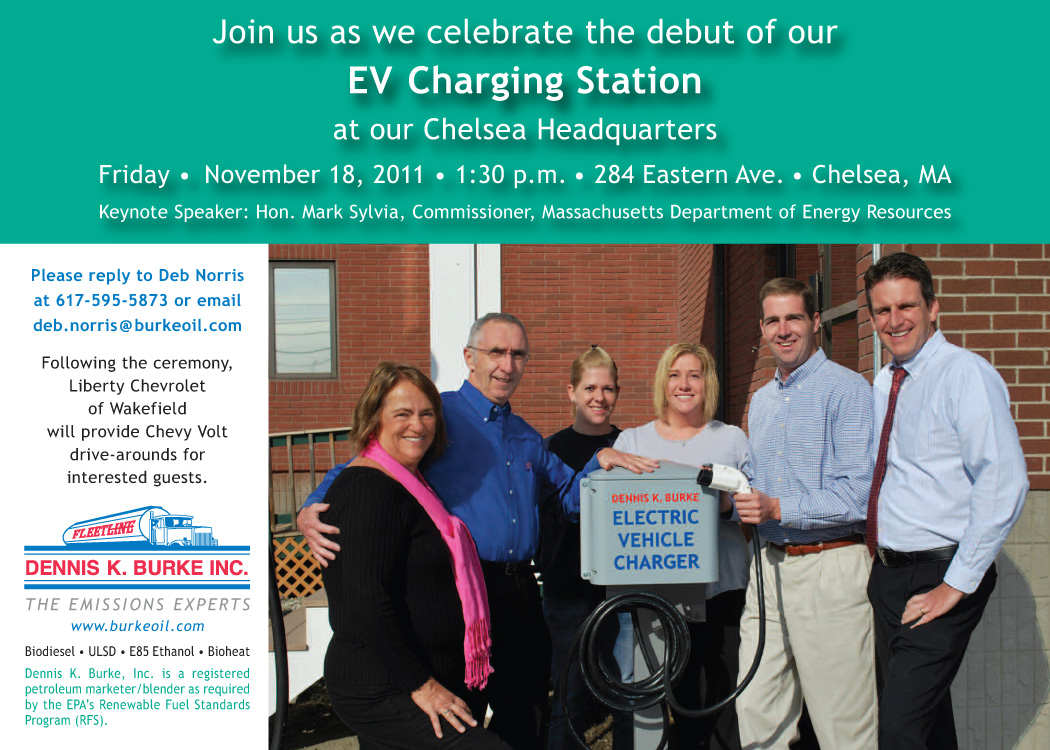Solid State Batteries could be a game-changer for EVs and their adoption, because the potential with solid state batteries is fast charge time and long distance range. The most pressing hurdles for drivers considering electric vehicles is the limited range per charge, and the time required for charging.
ESG & Industry Updates
Infrastructure Bill EV Charging Stations Slow to Start
Posted by Kelly Burke on Apr 18, 2024 7:45:00 AM
Topics: EV Charger, Energy Infrastructure, tesla
Transportation DeCarbonization Blueprint: Light Duty Vehicles
Posted by Kelly Burke on Jan 20, 2023 10:41:32 AM
The US National Blueprint for Transportation Decarbonization splits the Transportation sector into seven categories of focus: Light-Duty Vehicles, Medium- and Heavy-Duty Vehicles, Off-Road, Rail, Maritime, Aviation, and Pipelines. We will discuss the major items involved in each of these, from largest % of carbon share to least, starting with Light Duty Vehicles.
Light-Duty Vehicles produce 49% of current transportation emissions (of note, for the purposes of the Blueprint “current” refers to 2019 levels due to the pandemic and related shutdowns making 2020 & 2021 data unreliable/useless).
Topics: EV Charger, EPA, Carbon Emissions, Emissions, Biden Administration, ev, DOT, decarbonization
MA Passes Landmark Climate Change & Environmental Justice Bill
Posted by Kelly Burke on Apr 1, 2021 3:07:36 PM
Friday, March 23rd, Massachusetts Governor Charlie Baker signed into law Senate Bill 9 "An Act Creating a Next Generation Roadmap for Massachusetts Climate Change Policy" that includes provisions described as "some of the most aggressive greenhouse gas emissions reductions targets in the country"
Topics: EV Charger, Massachusetts, Climate Change, Carbon Emissions, renewable energy, environmental justice
This August, Tesla employees receieved the first deliveries of the much anticipated Tesla Model 3. By all accounts, the Model 3 was met with fully positive feedback upon test driving. If you recall, the Model 3 got half a million pre production money down "reservation" orders in the absence of a test drive or really any standard marketing campaign in place. (For a refresher on the Model 3 debut, read this: Tesla's Model 3 Debut Stuns Industry)
Topics: EV Charger, electric vehicles, tesla
Dennis K Burke's EV Charger Station debuts this Friday
Posted by Ed Burke on Nov 15, 2011 8:28:00 PM
I'm excited to let everyone know that we will be debuting our EV Charging Station at our Chelsea MA Headquarters on November 18th (this friday) at 1:30pm. The ceremony will be emceed by Chelsea City Manager Jay Ash and special guests including the Massachusetts Clean Cities Manager Stephen Russell, and Mark Sylvia, the Commissioner of the Massachusetts Department of Energy Resources.
Topics: Mass DOER, Solar, EV Charger, Massachusetts Clean Cities
Subscribe to Email Updates
Recent Posts
Posts by Topic
- Carbon Emissions (42)
- Climate Change (32)
- renewable energy (31)
- Oil & Energy Magazine (27)
- EPA (24)
- Massachusetts (21)
- Biden Administration (18)
- decarbonization (15)
- Biodiesel (12)
- natural gas (12)
- EPA Mandate (11)
- RFS (11)
- Solar (11)
- Biofuels (10)
- Keystone XL (10)
- methane (10)
- Clean Energy (9)
- offshore wind (9)
- Energy Independence (8)
- Energy Infrastructure (8)
- Safety (8)
- Biodiesel Tax Credit (7)
- Emissions (7)
- Ethanol (7)
- ev (7)
- Cellulosic Ethanol (6)
- EV Charger (6)
- RINs (6)
- Trump Administration (6)
- environmental justice (6)
- Fracking (5)
- Inflation Reduction Act (5)
- Technology (5)
- US Crude Exports (5)
- Utility Rates (5)
- electric vehicles (5)
- maine (5)
- tesla (5)
- ACT (4)
- Mass DOER (4)
- TransCanada (4)
- battery (4)
- fuel management (4)
- massachusetts biodiesel mandate (4)
- obama (4)
- paris accord (4)
- remote tank monitoring (4)
- CARB (3)
- CRUDE (3)
- Carbon Capture (3)
- Clean Fuel Production Credit (3)
- E85 (3)
- Emergency Fuel (3)
- Massachusetts Clean Cities (3)
- Waste Feedstock Biodiesel (3)
- china (3)
- clean power plan (3)
- electricity rates (3)
- net-zero (3)
- renewable diesel (3)
- solid state battery (3)
- AI (2)
- AVs (2)
- Bioheat (2)
- Commodities (2)
- Congress (2)
- Customer Service (2)
- DOT (2)
- EIA (2)
- Emergency Generator Program (2)
- HFCs (2)
- Hurricane Sandy (2)
- IMO 2020 (2)
- MIT (2)
- Marinas (2)
- New York (2)
- Refinery Closures (2)
- Safe Driving Policy (2)
- TCI (2)
- US Energy Boom (2)
- ZEV (2)
- autonomous vehicles (2)
- clean air act (2)
- coal (2)
- driver shortage (2)
- emergency response (2)
- environment (2)
- ferc (2)
- geothermal (2)
- hydro-electric (2)
- hydrogen (2)
- national grid (2)
- net metering (2)
- power plant emissions (2)
- power plants (2)
- railcar regulations (2)
- tariff (2)
- vineyard wind (2)
- API (1)
- Air conditioning (1)
- Baiji Refinery (1)
- Blend Wall (1)
- Brent Crude (1)
- Brent vs WTI (1)
- CFCs (1)
- Cell Phone Policy (1)
- Clean Water Act (1)
- DEF (1)
- Election Results (1)
- Electrical Grid (1)
- Energy Efficiency (1)
- Environmental Impact Study (1)
- Environmentally Friendly Products (1)
- Ethanol Tax Credit (1)
- FEMA (1)
- Fiscal Cliff (1)
- Gas Tax (1)
- Gasoline Supply Crunch (1)
- HDVC (1)
- Hazmat (1)
- Heat Tax (1)
- Highway Trust Fund (1)
- Holyoke (1)
- Hybrid (1)
- ISIS (1)
- Iraq (1)
- Kigali Amendment (1)
- MOC (1)
- Market analysis (1)
- Mayflower (1)
- Montreal Protocol (1)
- NORA (1)
- Natural Gas Pipeline Explosion (1)
- New Jersey (1)
- Oil Barrel Tax (1)
- PFC (1)
- Pegasus Pipeline (1)
- Propane Autogas (1)
- Stimulus (1)
- Syria (1)
- Tank Truck Safety Training (1)
- Tax Increases (1)
- Tier 3 Gasoline Standard (1)
- Times Square (1)
- VEEP (1)
- Workplace Risk (1)
- agriculture (1)
- algonquin pipeline (1)
- alternative energy (1)
- altwheels (1)
- astm (1)
- bionic leaf (1)
- bitcoin (1)
- boston (1)
- clean heat standard (1)
- covid-19 (1)
- energy storage (1)
- eversource (1)
- export ban (1)
- fixed pricing (1)
- fuel (1)
- fuel efficiency (1)
- fuel marketers news (1)
- gas leaks (1)
- heating oil (1)
- hurricane harvey (1)
- inflation (1)
- irving oil (1)
- marketing (1)
- nuclear (1)
- online fuel buying (1)
- ozone (1)
- photovoltaic (1)
- pilot program (1)
- pipeline (1)
- propane (1)
- renewable natural gas (1)
- rggi (1)
- russia (1)
- sanctions (1)
- senate (1)
- shale (1)
- social media (1)
- social media for business (1)
- space (1)
- tablets (1)
- tennessee pipeline (1)
- ukraine, (1)
- value added services (1)

